What are the rarest pocket watches manufactured in France?
The Swiss and the United States get most of the credit for pocket watch creation, the Swiss for exactness and complexity and the Americans for manufacturing machine-grade interchangeable US pocket watch parts. But there is another tradition of fine watchmaking, and that is the French tradition.
French watchmakers would often collaborate with Swiss manufacturers, either training in Switzerland and returning to France, or sharing particular movements among each other to craft very elaborate watches.
The rarity of a watch depends on many factors. Length of manufacture, the number in circulation, rare materials, and unusual features all play a part. In this article, we are going to give you examples of rare French pocket watches and the companies that made them, and some key identifying marks to let you know what to look for in your own.
Identifying marks
The first things to look for are identifying marks to determine which parts were made by which company.
For example, Cartier pocket watches can be identified by a four-digit number stamped underneath the lug. Cartier sold their watches through the European Watch and Clock Company, whose name is normally found stamped on the movement. Because they only made pocket watches for a short time, it has made them highly collectible.
- A Cartier 1925 platinum and diamond Art Deco watch with a 19 jewel 8 adjustment movement can be gotten for around $11,000 dollars.
- A Cartier 1930 gold watch made to look like a $20 gold coin that also has a 19 jewel movement can be gotten for around $15,000
Signed components
Another thing to look at when examining a watch for value is who has signed the three main components of a pocket watch: the movement, the dial, and the case.
When all three of these match, the rarity goes up significantly. Touchon & Co. made all three of the components, but shipped them to several different distributors to make their own watch brands.
Sometimes they were sent unsigned so that a company, such as Tiffany, could stamp it with their own label. The Tiffany company was Touchon & Co.’s biggest customer, spreading Touchon & Co. movements across the Atlantic.
It is very difficult to find a Touchon & Co. watch with all three parts signed by them. Only a handful have been found.
- You can find triple-signed Tiffany & Co. watch with Touchon & Co. also on the movement for several thousand dollars.
- A Tiffany Touchon ultra thin minute repeater with a 29 jewel movement can be found for around $8,000.
Intricate decorations
Early types pocket watches didn’t have a high level of technology. They were luxury items owned only by the elite.
As a result, they had to look like luxury items, and were crafted with enameled pictures and jewels as valuable and large as they could get away with.
Esquivillon et Dechoudens crafted watches with beautiful enamel portraits on them during the late 1700s-early 1800s.
In a watch like this you are paying more for the beauty of the case and the age of the watch rather than the sophistication of the movement.
- An 1820’s Esquivillon et Dechoudens watch with an enameled ship under full sail on the back is listed for around $4,000
Breguet watches
Breguet is the exception to the rule that early watches were primitive. Breguet is still crafting watches after being in existence for over 250 years. Breguet’s watches are known for demonstrating new horological technologies, and many early watch makers bought movements, hands, and other technological advances from Brugeut.
If you are absolutely looking for a rare French pocket watch, then this is the brand to look for, especially watches that were developed by the founder himself.
- A pair of Breguet watches were sold for $2.7 million at auction, one of which demonstrated how resonance can be used to keep watch components synchronized. This is the highest price that a watch has ever sold for at auction.
The founder crafted one of the most unique pocket watches ever created.
Marie Antoinette commissioned Abraham-Louis Breguet for several time pieces. She was fascinated by watches and requested a watch that contained every known watch complication at the time. 23 different complications were known at that point.
Breguet received full control over its creation. There was no deadline given for the commission. Unfortunately, she never got to see the watch, and it wasn’t completed until four years after Breguet’s death. The watch took over 25 years to perfect. The Breguet Marie-Antoinette No. 160, also referred to as the Mona Lisa of watches, is currently valued at, at least, USD 30 million.


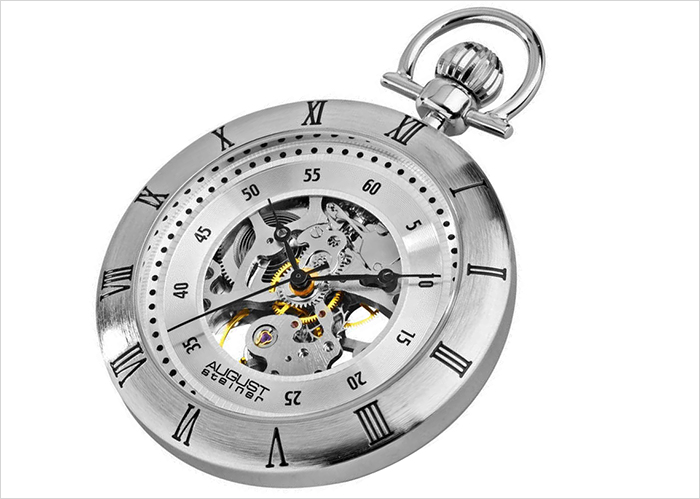
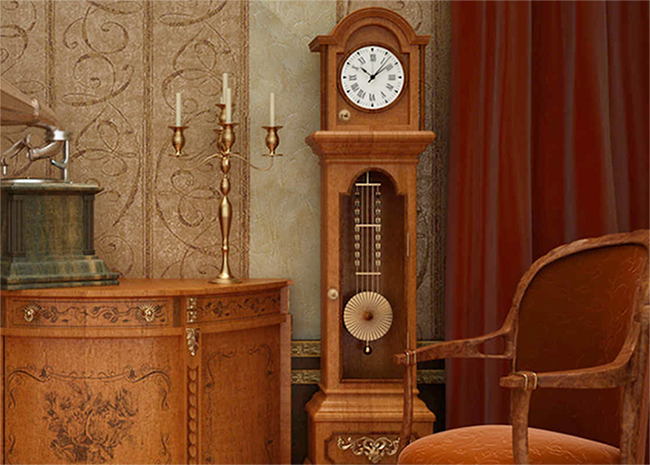
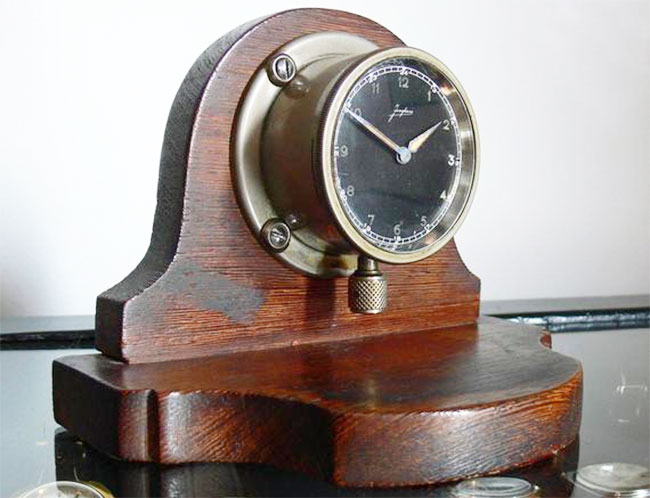
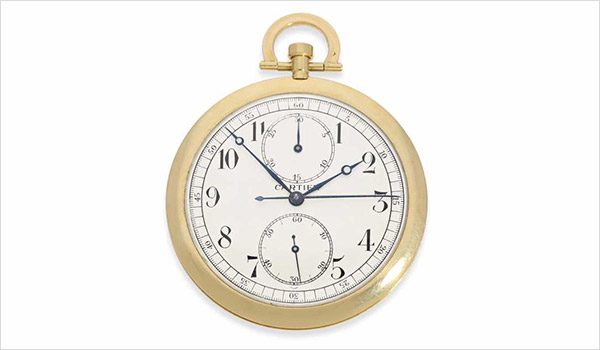


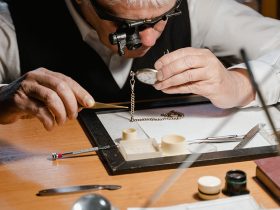


Leave a Reply